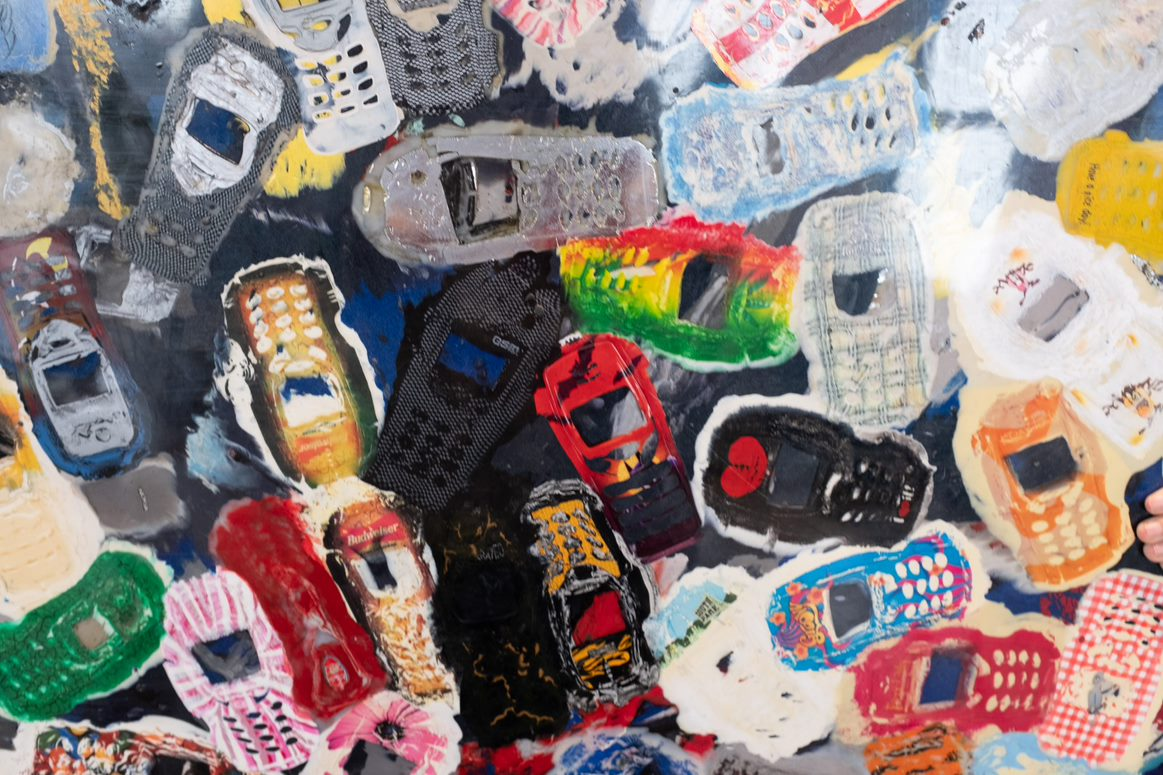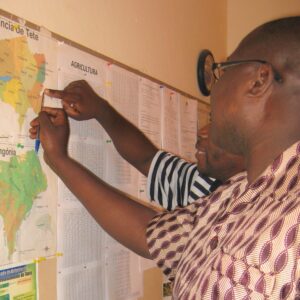Circular electronics

Circular electronics
From design to end of life
Electrical and electronic devices are inextricably linked to us. The downside is that in a linear economy they have a negative sustainability impact during production, use and disposal. For example, in 2019 less than 20% of electronic waste was collected and recycled worldwide. This is not only bad for the environment and our health, it is also a shame to throw away valuable raw materials. We have to move towards circular electronics.
To make electronics more circular, we need different design principles, revenue models and purchasing and usage strategies. In addition, we will have to take into account user behavior and acceptance. Our team of industrial designers deals with all these aspects.
Circular design
For many companies, designing for recycling or designing with recycled plastic is still unexplored territory. To create more understanding for this, we have set up an online open course Design for Recycling of Electronics in a Circular Economy together with the government, the business community and the university.
We can also help with an LCA or Quickscan Circularity, for example by researching for retailers where the most impact of certain electrical products is and how they can improve this in the future.
Some companies choose to design electronic products for repairability, refurbishment or recycling. A good example that we have included in the Circular Design Inspiration Guide is Fairphone. This innovative company develops mobile telephones that have a modular structure and parts of which are easy to replace.
New business models
Not many people have experience with leasing and pay-per-use. Which factors are decisive for accepting a new revenue model? How does the ideal customer journey go, from the selection process to disposal? We help answer these questions with user research and jointly create practical solutions.
Companies and consumers can choose not to purchase their IT equipment themselves, but only to pay for its use. There are many providers of these new services. This is very common for printers, but this form of service is also getting underway for laptops and telephones. During a Webinar on the shift from ownership to use, we discussed Gerrard Street , who offers advanced headphones via a subscription. This also applies to Homie, which offers washing machines as a service via a pay-per-use construction.
User behavior
Designers of circular products and services now mostly focus on technical and business aspects. Rarely on the user. The experience of the users fades into the background. While the acceptance of circular solutions such as attractive new revenue models and collection programs is essential.
The European Funded INCREACE-project is set up to increase the share of recycled plastics in added value products like electronics. One of the objectives of the project is to empower people and communities to play their role in the circular plastics transition. End users play a crucial role in this transition at both the start of the product lifecycle through purchase and at the end of the useful life of a product through collection. Partners for Innovation takes the lead in this part of the project.
What do people do with electronic products at the end of their lifespan? We have such a close relationship with few consumer goods as with our smartphones. If we want to bring the circular economy closer, we will also have to deal with old mobile phones differently. With ten design principles, we want to help designers of circular products to let users say goodbye to their old mobile phone. Read the summary of the thesis Let it Go by Flora Poppelaars.
Monitoring
Companies use countless electronic products. From printers and telephones to computers and servers. If companies want to use these IT products in a more circular way, they will have to take this into account from purchase to use and replacement. This concerns factors such as the share of recycled materials, the entrepreneurial policy regarding refurbishment/repair, depreciation periods and the degree of reuse, recyclability and recycling of these products.
A good starting point is to inventory the equipment and measure essential parameters. We can perform a Circularity Quickscan for buyers and advise on relevant indicators. We provide insight into the questions you should ask suppliers to get answers that you can use. And we advise on cooperation between internal departments to structurally embed this in your organisation.
Interested?
Curious how we can support you in realizing circular electronics? Please contact Flora Poppelaars.
Other
themes
Also view our other themes.
Want to
know more?
Contact us!






